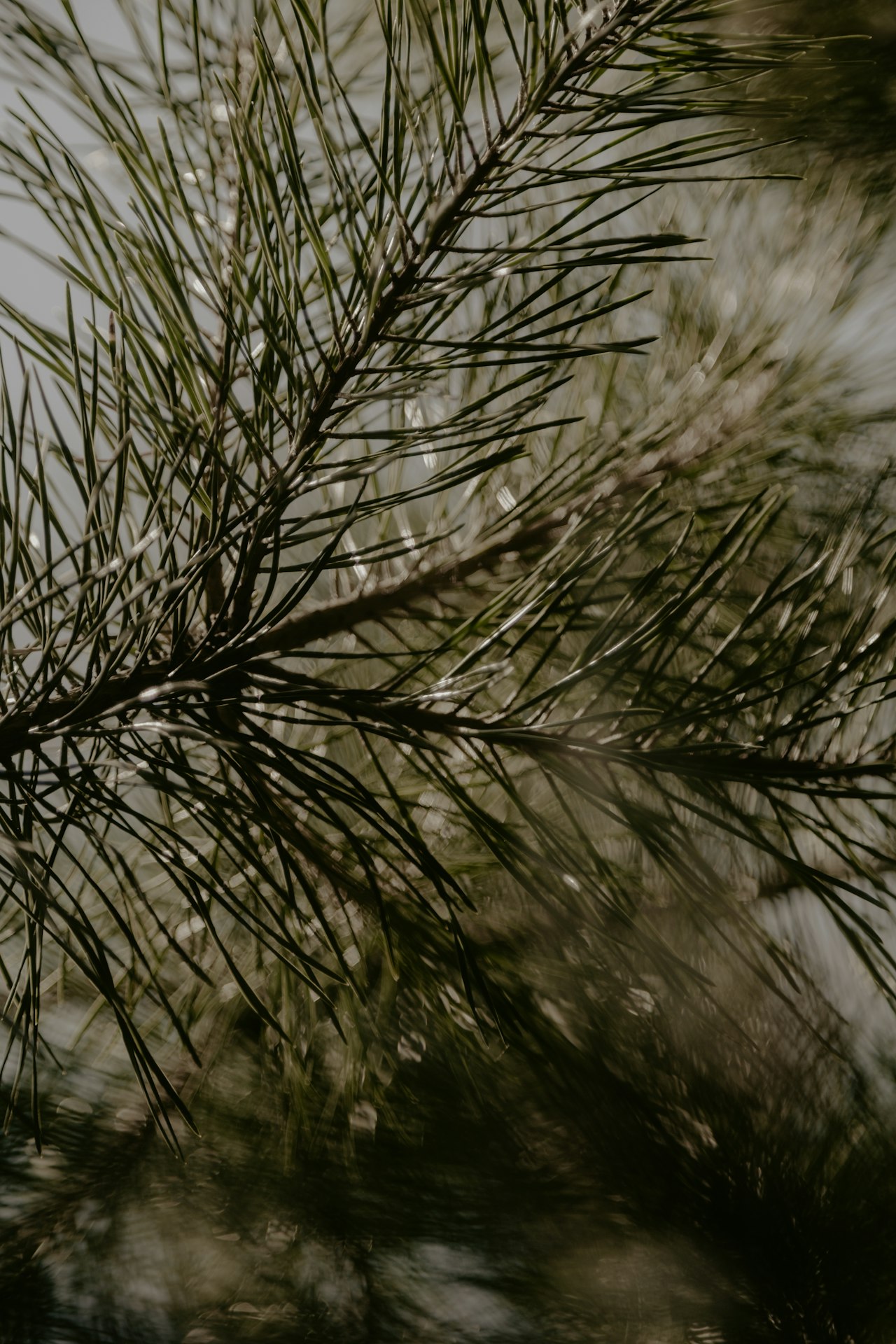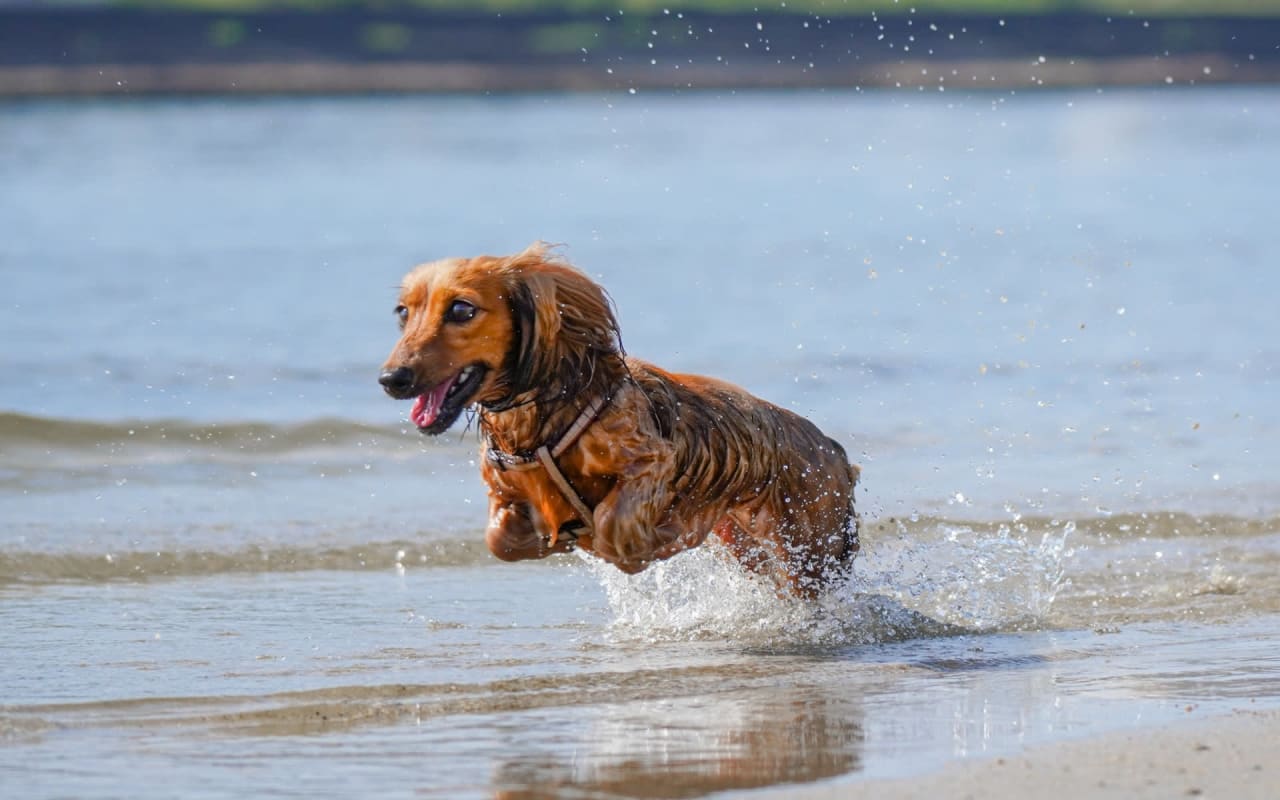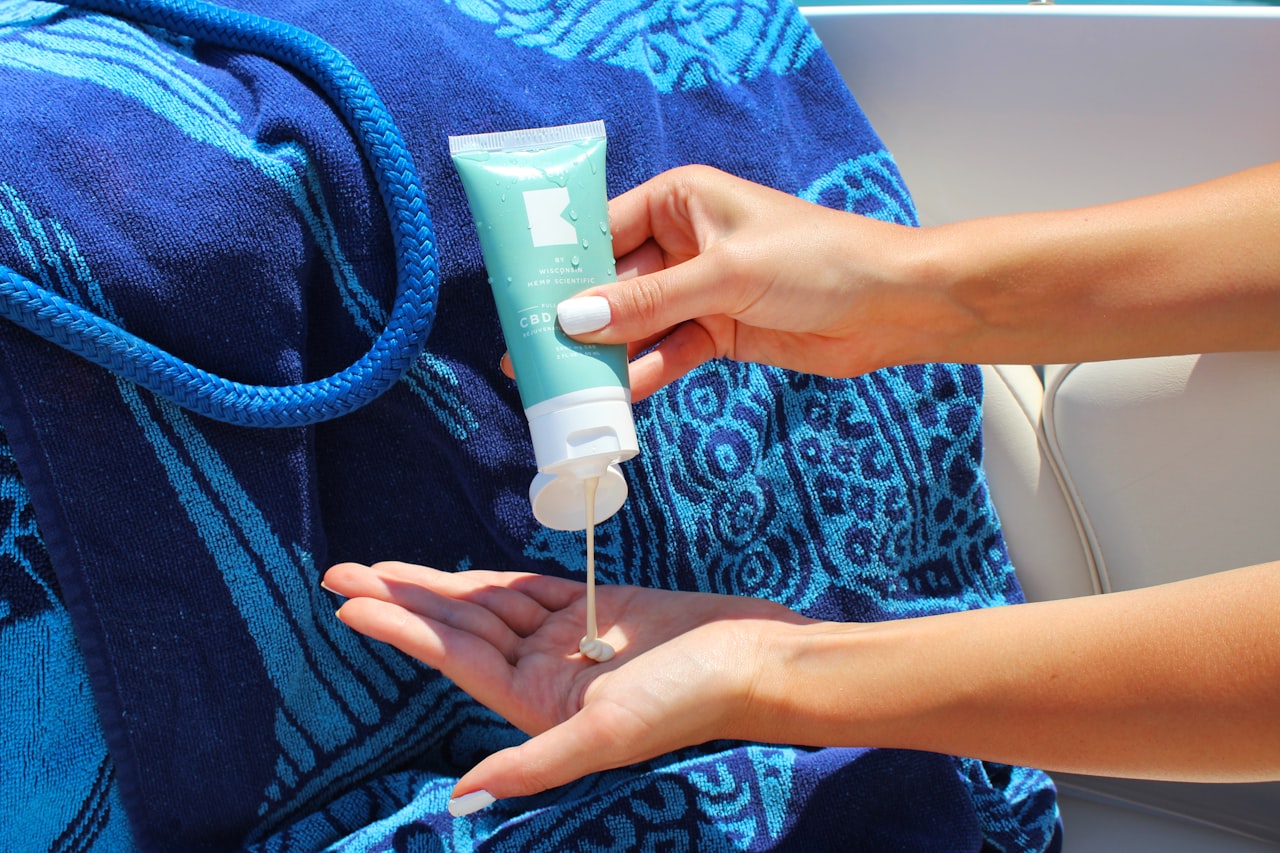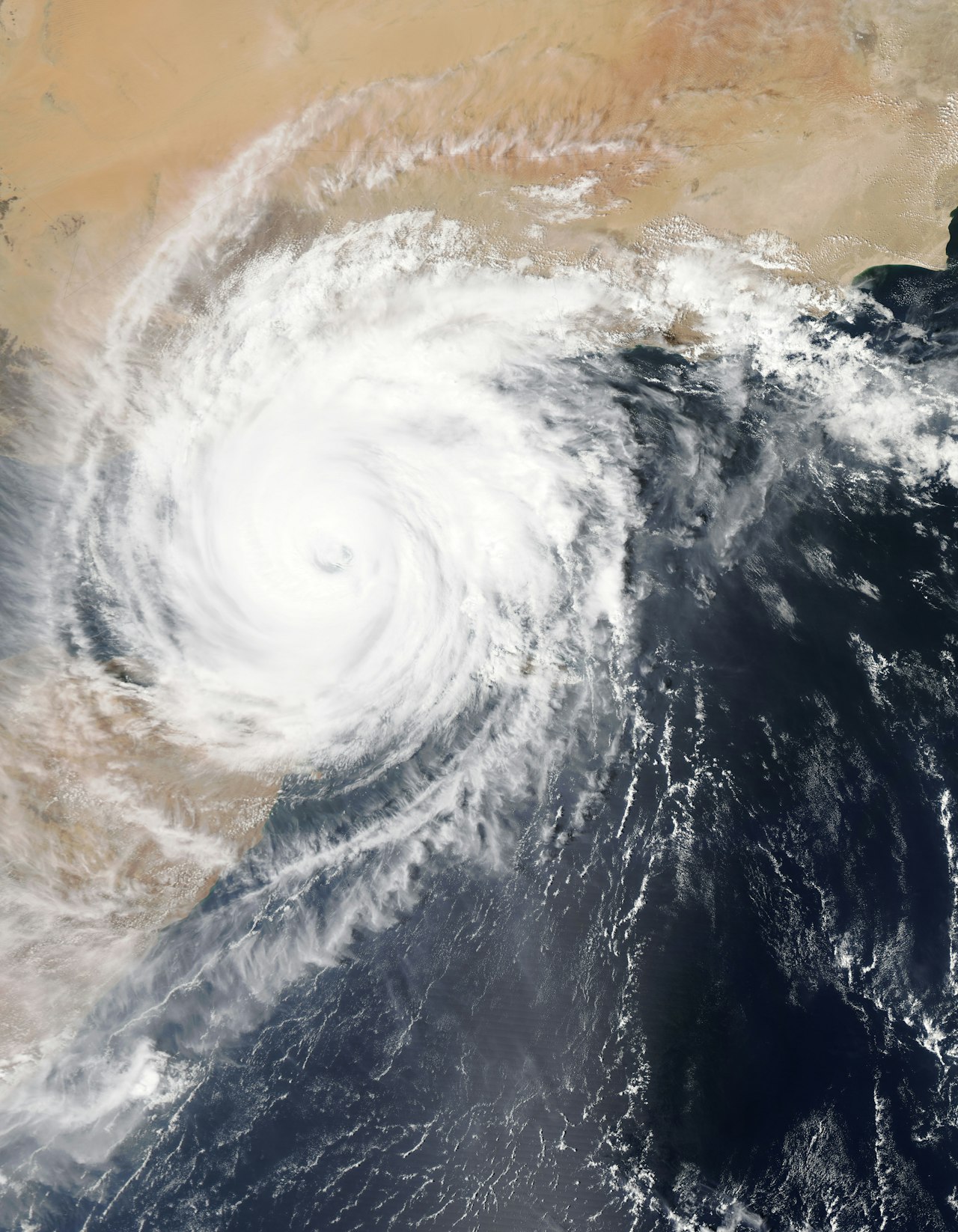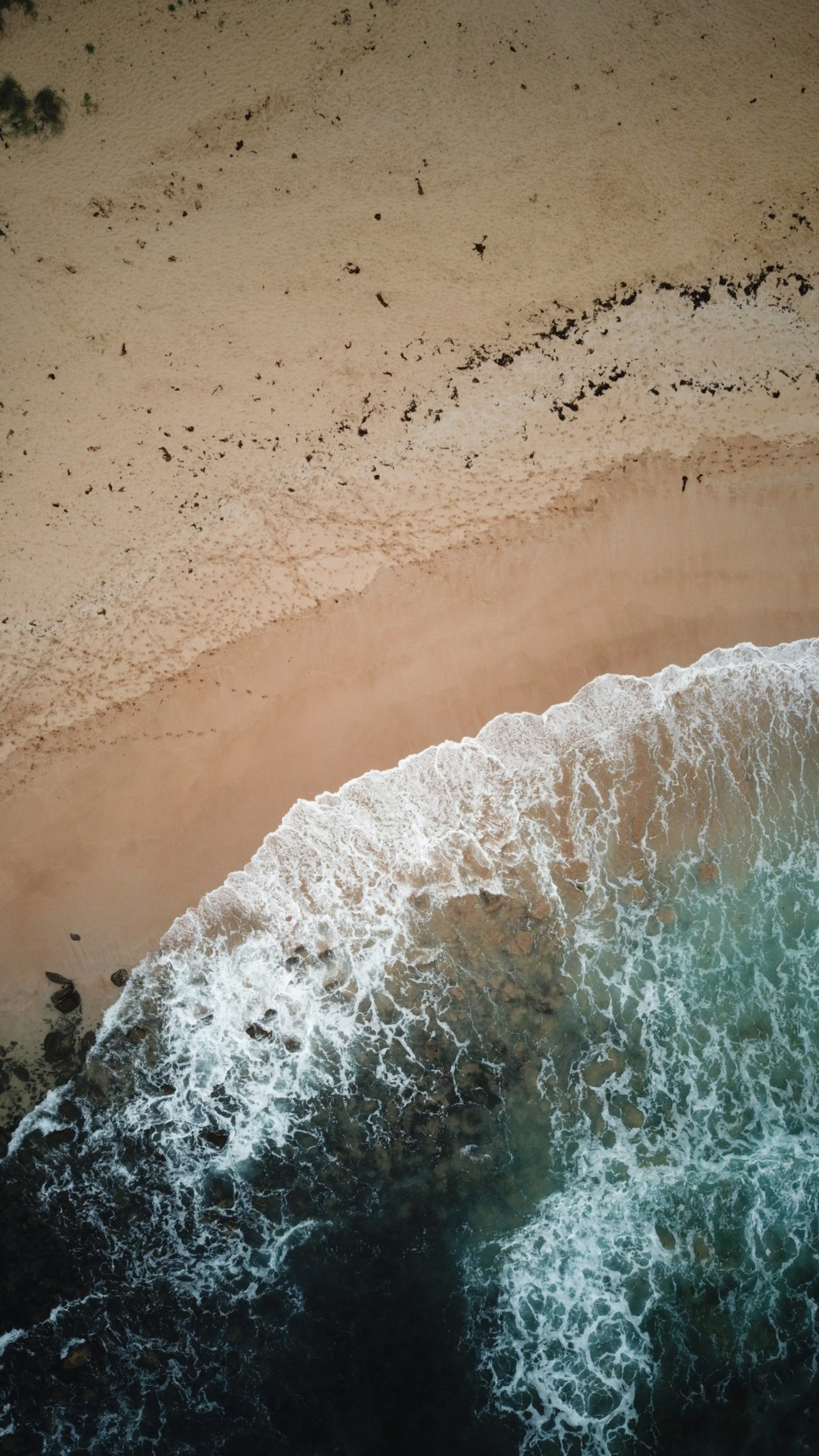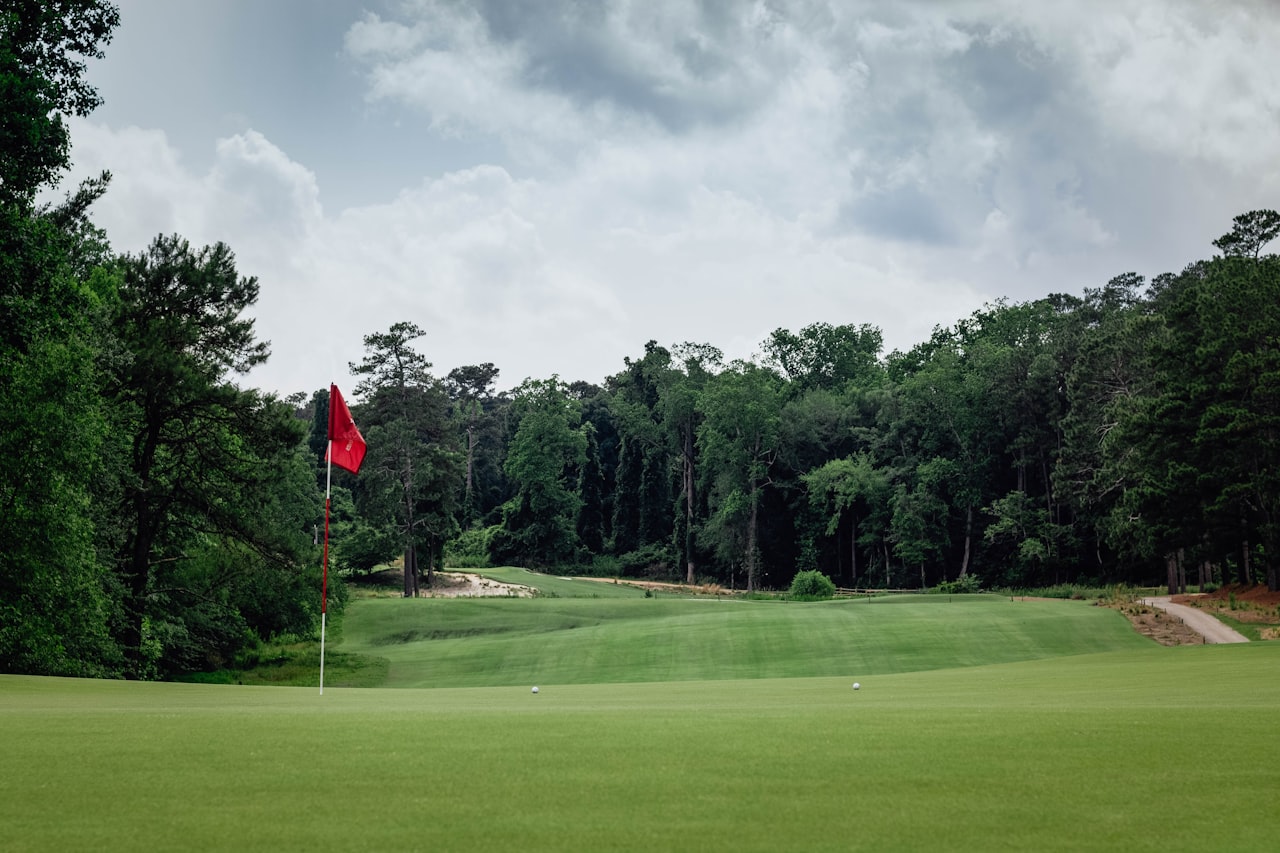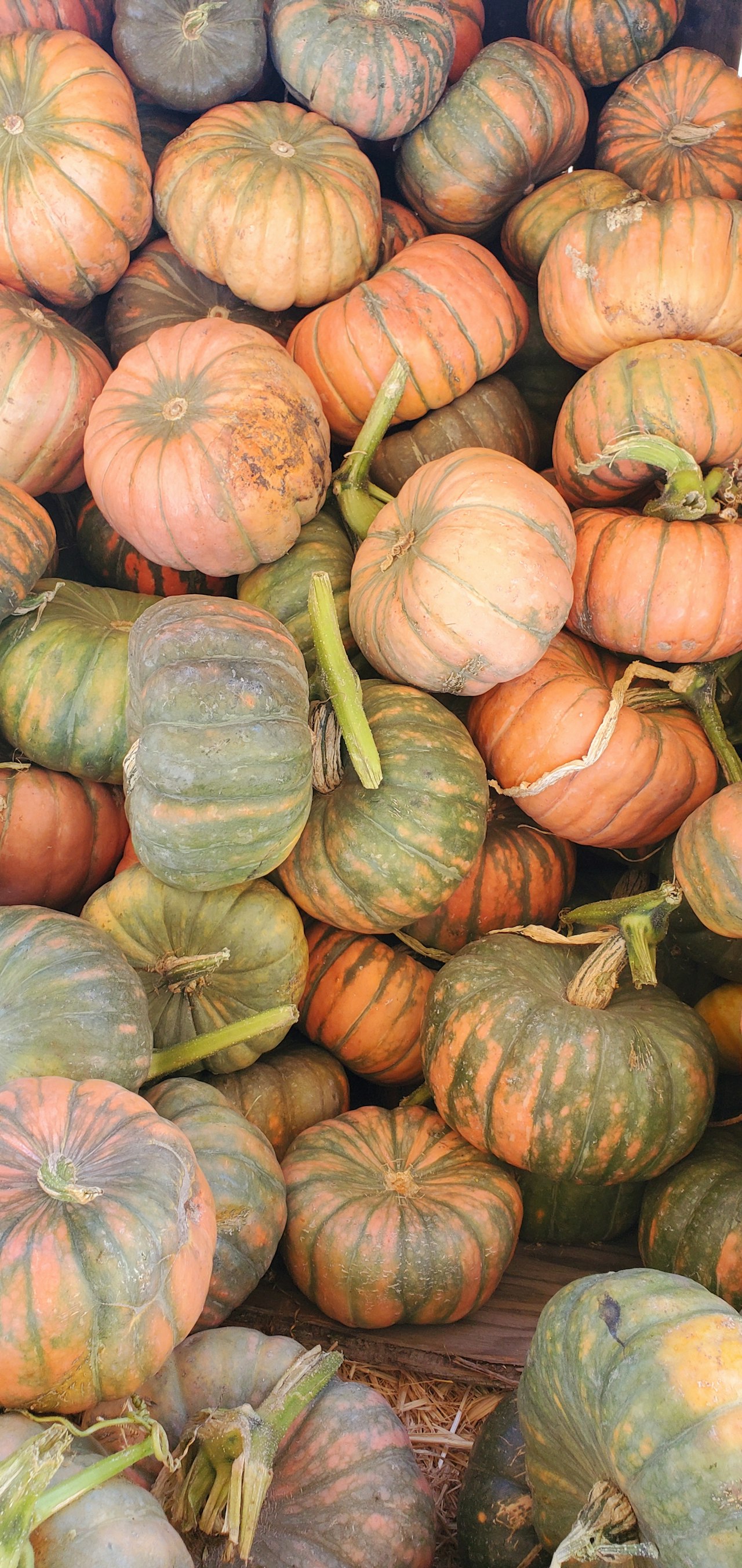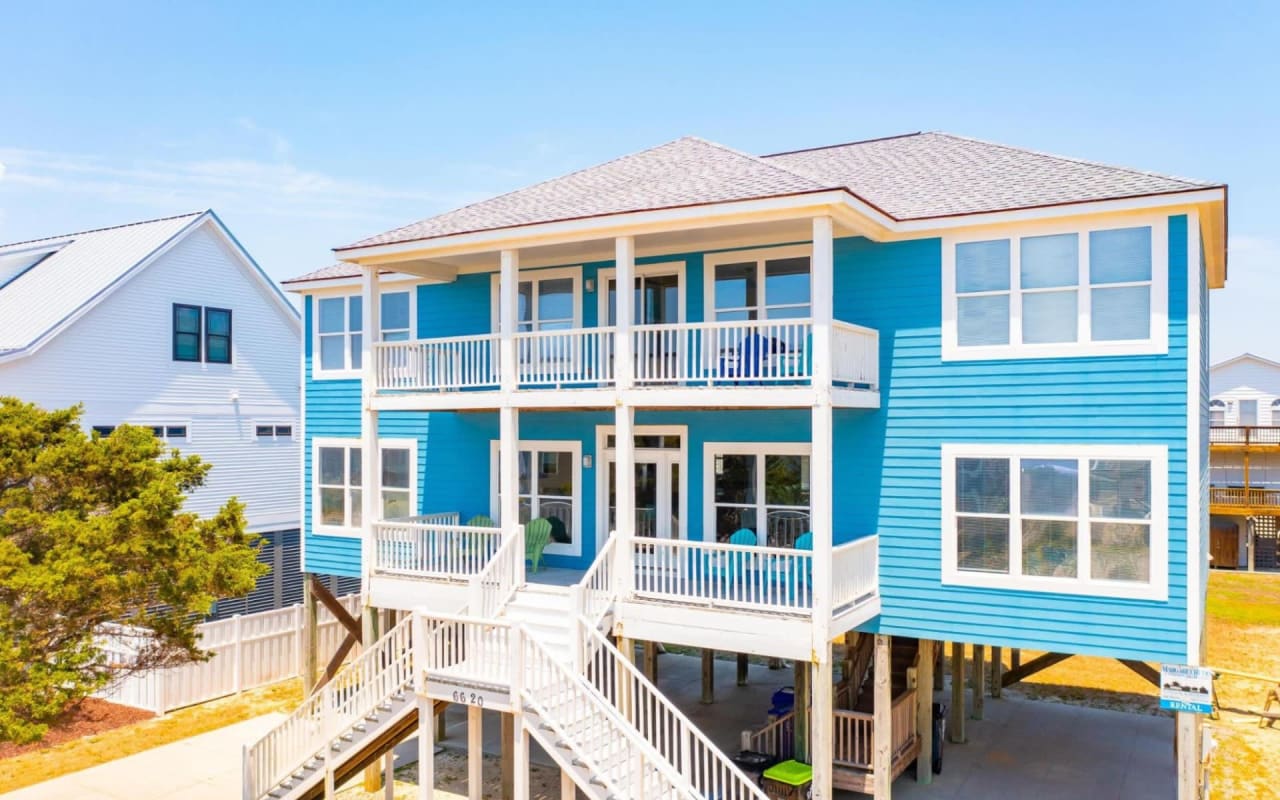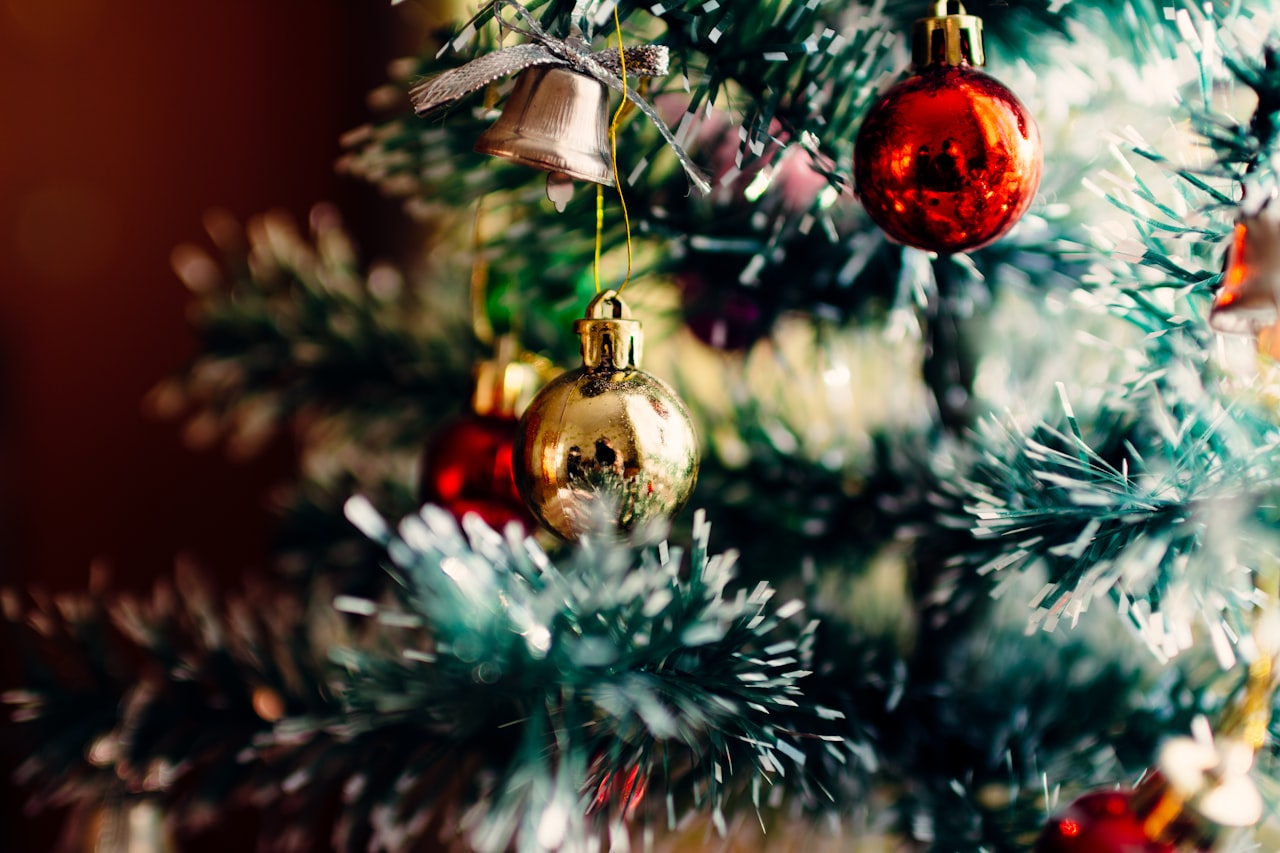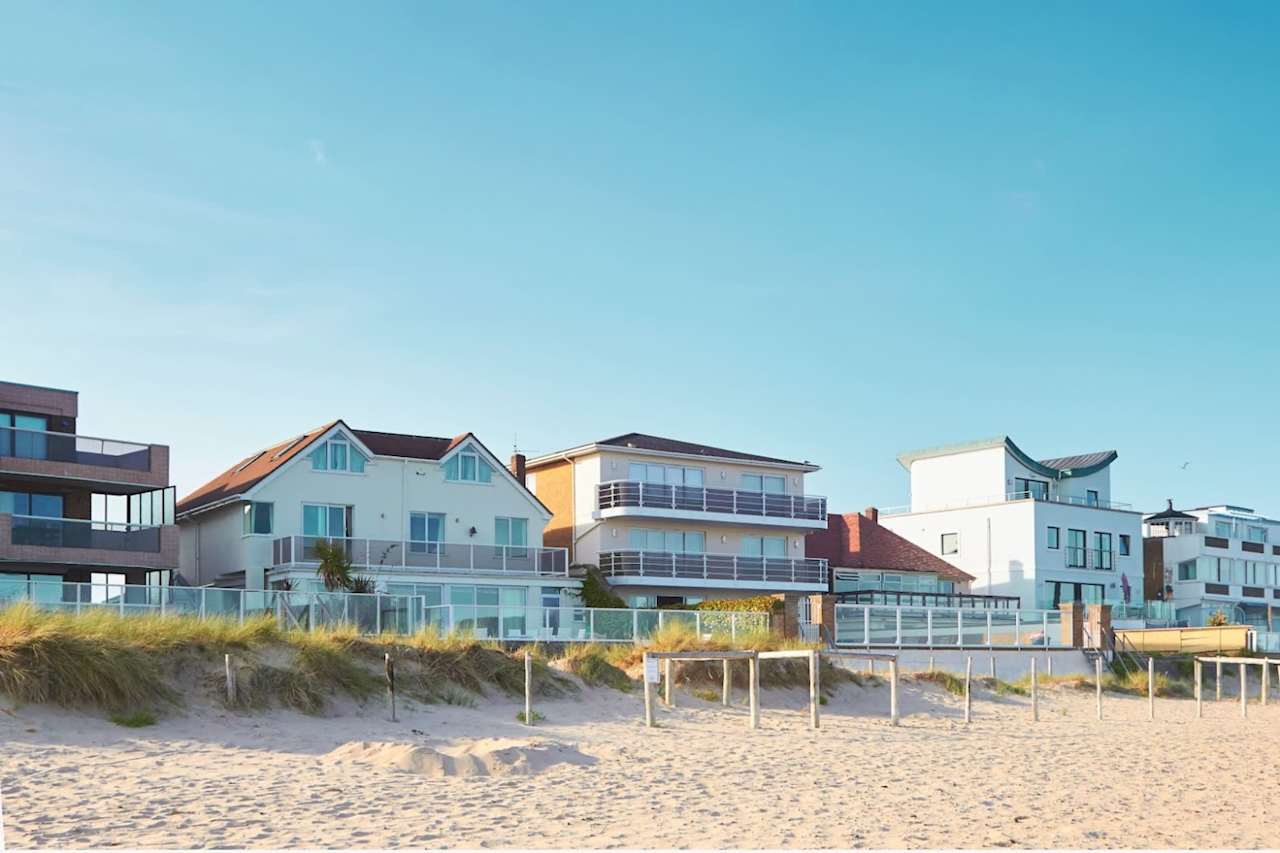DID YOU KNOW… New builds in the state of North Carolina are now required to have native plants in their landscaping plan? Native plants play a crucial role in the coastal landscape and incorporating them into new landscape design facilitates their reintroduction. Native wildlife like birds and insects also rely heavily on native plants for food and shelter, proving them even more valuable to the ecosystem.
So what are native plants?
Well, the term “native” is relative, depending on your region (in our case, North Carolina) and they are species of plants that grow and evolve naturally in a region without any human interaction. But then, why are we forced to plant them with new real estate builds? Well, new developments mean land and greenery are torn down so we need to give back to the environment by replenishing these plants. Not to mention, these plants provide huge benefits to our coastal community. Let’s talk about them.
Benefits:
Like I stated before, natural plants provide nourishment and homes for our native animals. But the native shrubs and trees are also more likely to withstand the effects of our storms– yup, that means hurricane season– because they’re more resistant to wind and floods. These plants are also well adapted to the harsh changes in North Carolina temperatures, the sunlight, humidity, hydrology, salt, and soils of the coastal region, meaning they don’t require as much maintenance as a non-native plant.
Now, let’s get to the good stuff. What are the native plants in our region? There are tons! I included a chart below with a big list of ‘em, as well as a link to find out the native plants in any region via zip code. But as for the North Carolina coast, here are a few of my favorites:
Bitter Panicum- Found almost exclusively on dunes with a high salt tolerance
Dwarf Palmetto- Attracts birds and butterflies and is drought tolerant
Black-Eyed Susan- Pollinator-friendly and attracts birds and butterflies
Southern Wax Myrtle- Loves coastal habitats with gray-blue berries
Switchgrass- Loves dunes & marshes, provides a nest to local animals
Source: https://ncwildflower.org/handouts/Coastal-Landscaping-Guide-Book.pdf
Even if you’re not building a new home, planting native species can still help you reap some of the benefits above! Check out https://www.nwf.org/NativePlantFinder to find the native plants in your community!
Signing out!
Jenna
